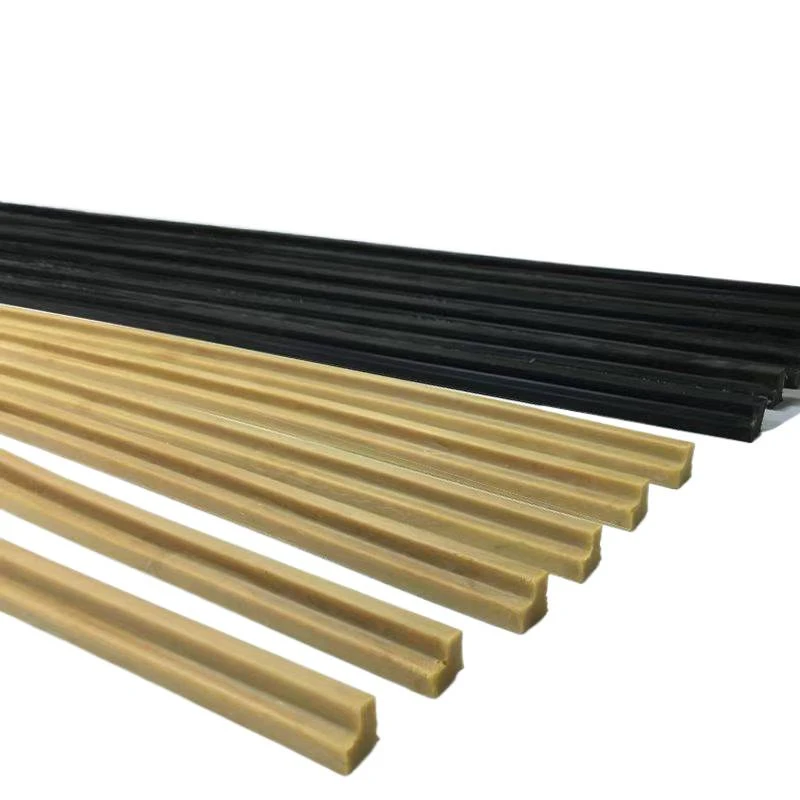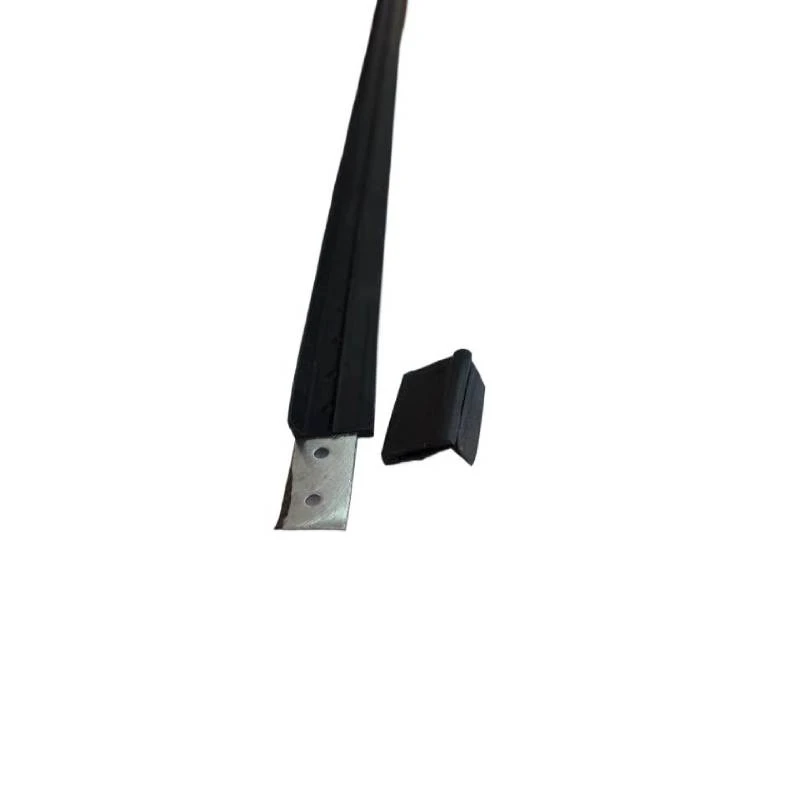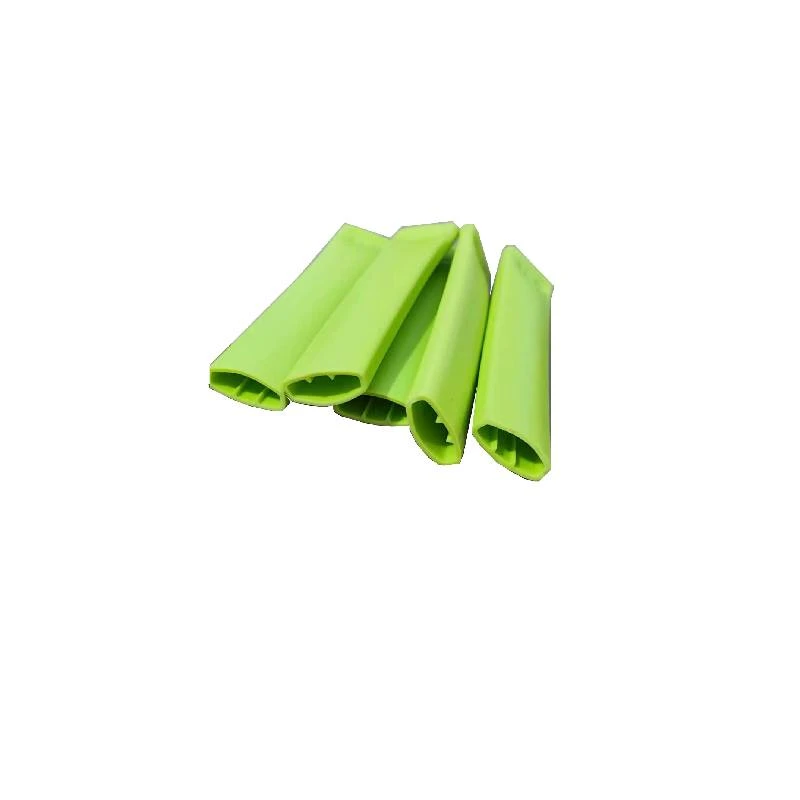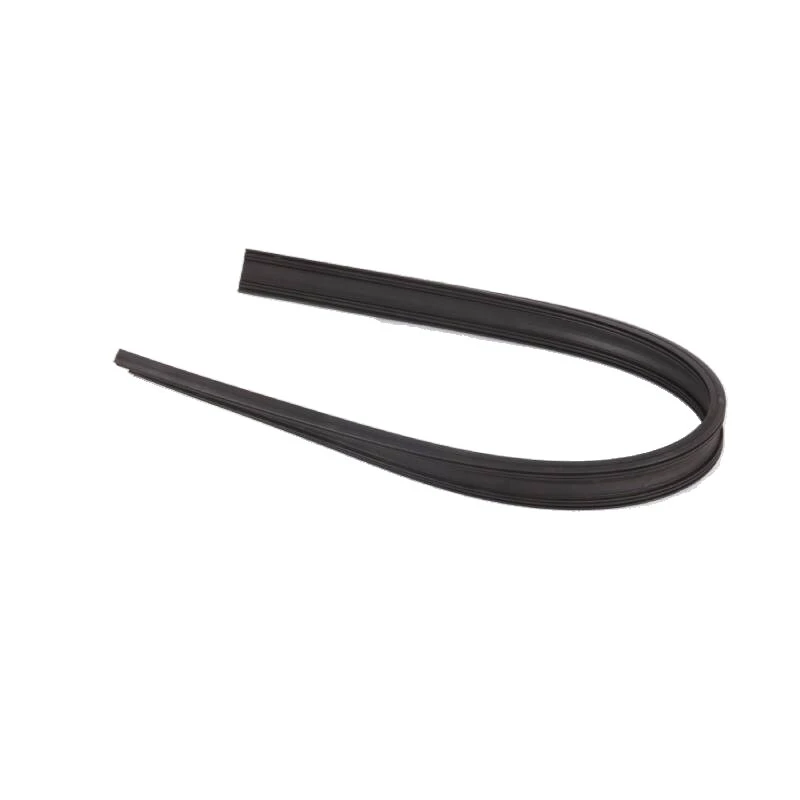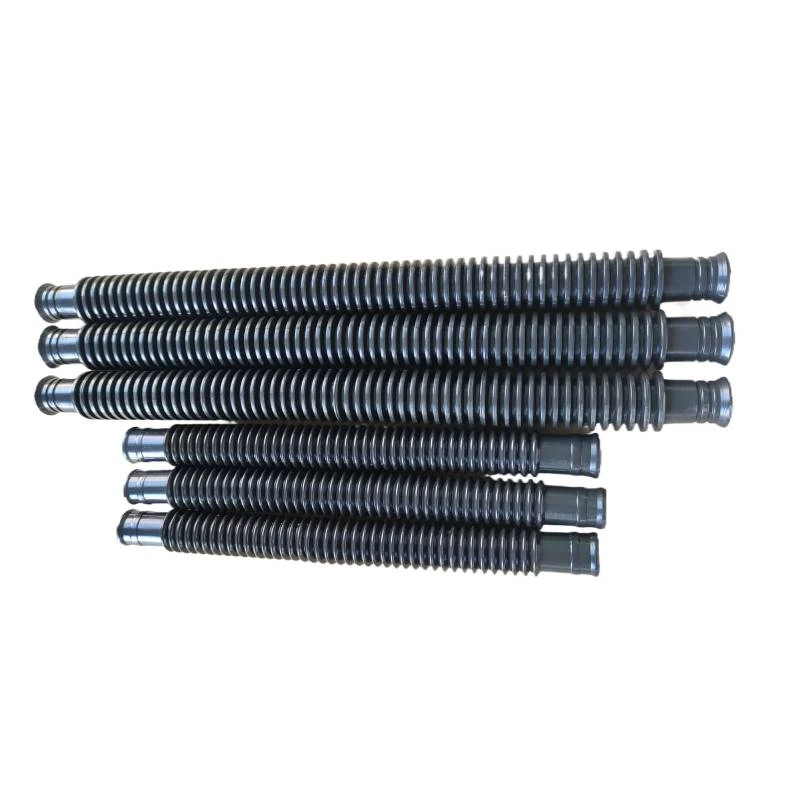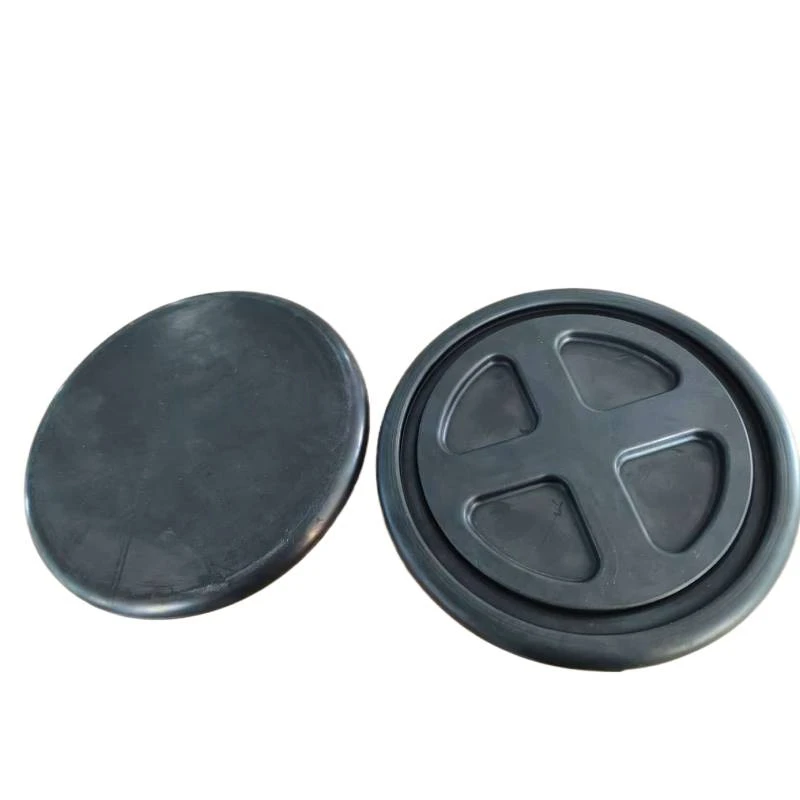
- Afrikaans
- Albanian
- Amharic
- Arabic
- Armenian
- Azerbaijani
- Basque
- Belarusian
- Bengali
- Bosnian
- Bulgarian
- Catalan
- Cebuano
- chinese_simplified
- chinese_traditional
- Corsican
- Croatian
- Czech
- Danish
- Dutch
- English
- Esperanto
- Estonian
- Finnish
- French
- Frisian
- Galician
- Georgian
- German
- Greek
- Gujarati
- haitian_creole
- hausa
- hawaiian
- Hebrew
- Hindi
- Miao
- Hungarian
- Icelandic
- igbo
- Indonesian
- irish
- Italian
- Japanese
- Javanese
- Kannada
- kazakh
- Khmer
- Rwandese
- Korean
- Kurdish
- Kyrgyz
- Lao
- Latin
- Latvian
- Lithuanian
- Luxembourgish
- Macedonian
- Malgashi
- Malay
- Malayalam
- Maltese
- Maori
- Marathi
- Mongolian
- Myanmar
- Nepali
- Norwegian
- Norwegian
- Occitan
- Pashto
- Persian
- Polish
- Portuguese
- Punjabi
- Romanian
- Russian
- Samoan
- scottish-gaelic
- Serbian
- Sesotho
- Shona
- Sindhi
- Sinhala
- Slovak
- Slovenian
- Somali
- Spanish
- Sundanese
- Swahili
- Swedish
- Tagalog
- Tajik
- Tamil
- Tatar
- Telugu
- Thai
- Turkish
- Turkmen
- Ukrainian
- Urdu
- Uighur
- Uzbek
- Vietnamese
- Welsh
- Bantu
- Yiddish
- Yoruba
- Zulu
High-Quality Rubber Seals & Custom Seal Products
Navigating the Essential Role of Rubber Seals in Industrial Applications
In the intricate world of modern industrial systems, precision and reliability are paramount. At the heart of ensuring system integrity, preventing leaks, and protecting critical components are rubber seal components. These seemingly simple devices play an indispensable role across a multitude of sectors, from the rigorous demands of petrochemical processing to the vital infrastructure of water treatment. As technology advances and operational efficiencies become ever more critical, the demand for high-performance rubber seal products that can withstand extreme conditions, resist aggressive chemicals, and maintain long-term stability continues to grow. This comprehensive guide delves into the latest trends, technological advancements, and application insights surrounding these crucial sealing solutions, offering a deep dive for B2B decision-makers and technical professionals.
The industrial landscape is constantly evolving, driven by factors such as automation, digitalization, and an increasing focus on sustainability. These trends directly influence the design, material selection, and manufacturing processes of industrial seals. Modern rubber seal solutions are engineered not just for basic sealing but also for enhanced energy efficiency, reduced maintenance downtime, and extended operational lifespans, contributing significantly to a lower total cost of ownership. Understanding the nuances of material science, precise manufacturing, and stringent quality control is essential for selecting the optimal sealing solution for any given application.
Unraveling the Technical Nuances of Rubber Seals
Rubber seal products encompass a vast array of designs, each tailored for specific sealing challenges. Common types include O-rings, gaskets, oil seals, V-rings, U-cups, and custom-molded parts. Each type is defined by its unique cross-sectional geometry, which dictates its sealing mechanism and suitability for dynamic or static applications. For instance, an O-ring, with its circular cross-section, relies on radial or axial compression to create a seal, making it highly versatile for static applications like flange connections or dynamic applications like reciprocating shafts. Gaskets, often flat cut from sheets, are used to seal irregular mating surfaces. The selection process hinges on a thorough understanding of the operating environment, including temperature ranges, pressure differentials, chemical compatibility, and the presence of abrasive media.
Key technical parameters for rubber seal selection include Shore hardness (durometer), tensile strength, elongation at break, compression set, and tear strength. Durometer measures the material's resistance to indentation, indicating its stiffness; higher values denote harder materials. Tensile strength and elongation describe the material's ability to resist breaking under tension and its capacity to stretch before fracture, respectively. Compression set measures the permanent deformation of the material after prolonged compression, which is crucial for long-term sealing effectiveness. These parameters are often defined by industry standards such as ASTM D2000, which provides a system for classifying rubber materials based on their physical properties. Engineers leverage these specifications to match the right rubber compound and seal design to the specific demands of their machinery or system.
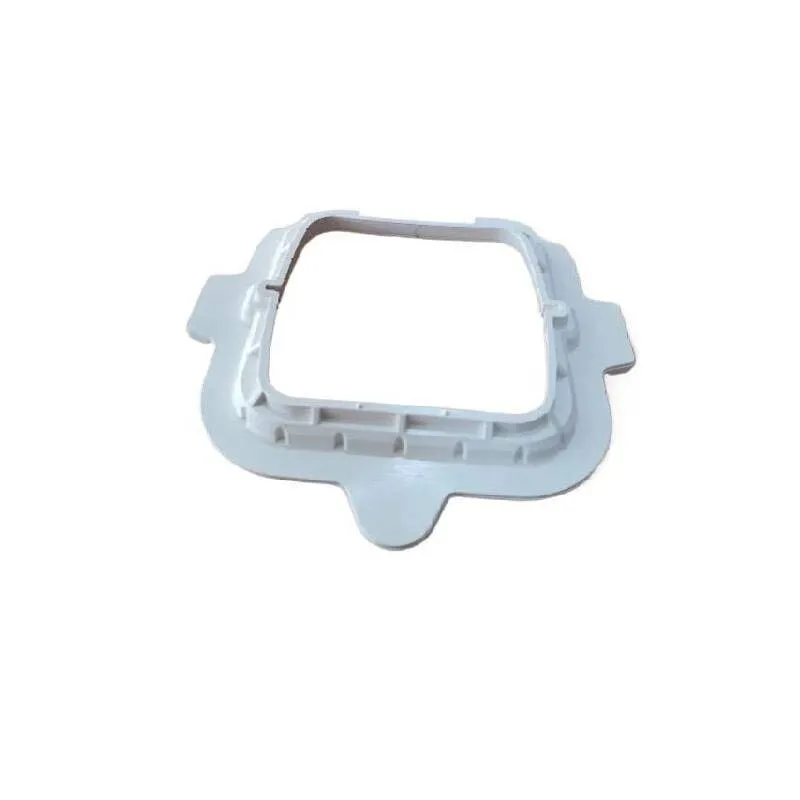
The Meticulous Craft: Manufacturing Process of Rubber Seals
The journey of a rubber seal from raw material to a high-performance component involves sophisticated manufacturing processes designed to ensure precision and durability. The core materials commonly used include Ethylene Propylene Diene Monomer (EPDM) for excellent weather and ozone resistance, Nitrile Butadiene Rubber (NBR) for oil and fuel resistance, Fluoroelastomers (Viton®) for high-temperature and chemical resilience, and Silicone for extreme temperature flexibility. Each material is selected based on its unique chemical and physical properties that best suit the intended application environment.
The primary manufacturing processes include:
- • Compression Molding: Raw rubber compound is placed into a heated mold cavity and compressed to fill the cavity, then cured under heat and pressure. This method is ideal for medium to high-volume production of intricate parts.
- • Injection Molding: Rubber is heated to a molten state and injected into a closed mold cavity under high pressure. This process offers high precision, fast cycle times, and is suitable for complex geometries and large production runs.
- • Extrusion: Used for continuous profiles like cords or tubes. Rubber compound is forced through a die to create a desired cross-section, then cured.
- • Die Cutting: For flat gaskets and washers, rubber sheets are precisely cut using a die.
Post-processing often involves deflashing, cryogenic deflashing, or grinding to remove excess material and achieve precise dimensions. Quality control is rigorous, adhering to international standards such as ISO 9001 for quality management systems and ANSI/ASME standards for dimensioning and tolerancing. Specific inspection standards include visual inspection for defects, dimensional checks using micrometers and optical comparators, and physical property testing like durometer hardness and tensile strength tests. The expected service life of a rubber seal is highly dependent on material, application, and environmental factors, but high-quality seals can last for many years in stable conditions. These seals offer significant advantages in typical applications such as pipeline connections in petrochemical facilities, hydraulic systems in metallurgy, and pumping stations in water supply and drainage networks, primarily through superior sealing, chemical resistance, and vibration dampening, leading to enhanced energy efficiency and reduced corrosion.
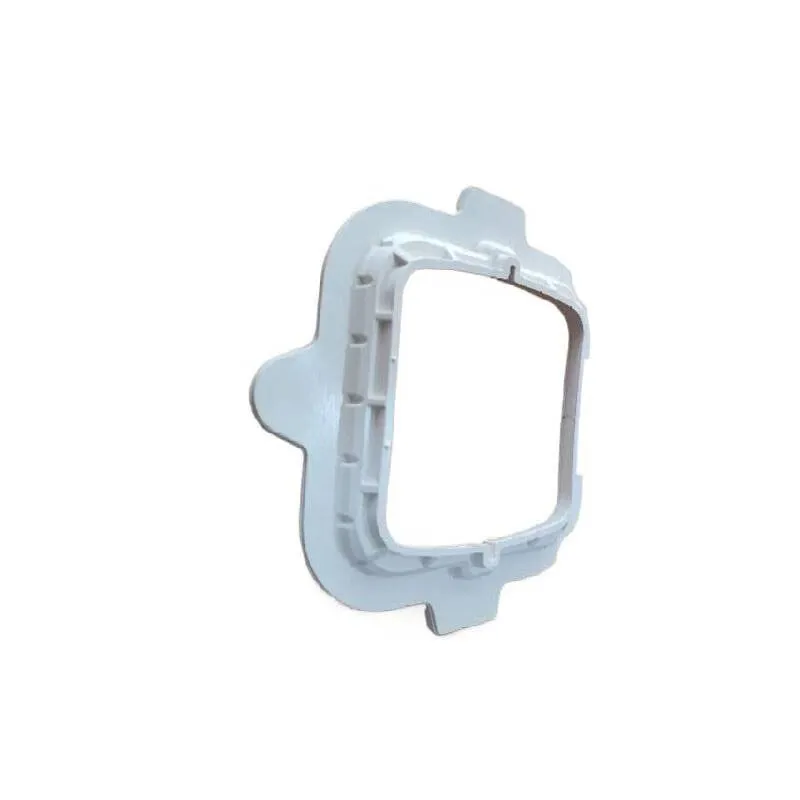
Technical Specifications and Performance Data
Selecting the appropriate rubber seal requires a detailed understanding of its material properties and performance capabilities. Below is a table summarizing key parameters for common rubber seal products, providing a quick reference for engineers and procurement specialists.
| Material Type | Temperature Range (°C) | Shore A Hardness | Tensile Strength (MPa) | Elongation at Break (%) | Chemical Resistance |
|---|---|---|---|---|---|
| NBR (Nitrile) | -40 to +120 | 40-90 | 10-25 | 150-500 | Oils, Fuels, Water |
| EPDM | -50 to +150 | 50-90 | 8-20 | 200-600 | Weathering, Ozone, Steam, Acids, Alkalies |
| Viton (FKM) | -25 to +205 (up to 250 intermittent) | 60-90 | 12-25 | 150-350 | Wide range of Chemicals, Oils, Solvents, High Temp |
| Silicone (VMQ) | -60 to +230 (up to 260 intermittent) | 30-80 | 5-12 | 200-700 | Extreme Temp, Ozone, UV, Medical/Food Grade |
| Neoprene (CR) | -40 to +100 | 40-80 | 10-20 | 100-600 | Moderate Oils, Ozone, Weathering, Refrigerants |
Understanding these data points is critical. For example, for an application requiring resistance to high temperatures and aggressive chemicals, Viton would be the material of choice, despite its higher cost. Conversely, for general-purpose sealing in water systems with moderate temperatures, EPDM often offers an excellent balance of performance and cost. The data underscores the importance of a detailed application analysis before material specification.
Diverse Application Scenarios and Impact
The ubiquitous nature of rubber seal products means they are integral to nearly every industrial sector. In the petrochemical industry, robust seals are essential for safety and efficiency in processing and transporting hydrocarbons, where exposure to high pressures, extreme temperatures, and corrosive chemicals is common. Specifically, rubber seal ring components are critical in flange connections, valve stems, and pump seals, preventing hazardous leaks and ensuring operational continuity. In the automotive sector, from engine components to braking systems, seals are crucial for containing fluids and gases, enhancing vehicle performance and safety.
The metallurgical industry relies on specialized seals to withstand abrasive dust, high temperatures from smelting processes, and heavy loads in rolling mills. These applications often demand seals with exceptional abrasion resistance and thermal stability. In water supply and drainage systems, rubber seal gaskets and O-rings ensure leak-proof pipelines, pumps, and valves, preventing water loss and contamination. The long service life and resistance to degradation by water and common chemicals make materials like EPDM and NBR ideal for these applications. Beyond these, seals are vital in aerospace for hydraulic and fuel systems, in medical devices for biocompatibility and sterility, and in food processing for hygiene and temperature resistance. Each scenario highlights the necessity of a precisely engineered and manufactured sealing solution for optimal system performance and longevity.
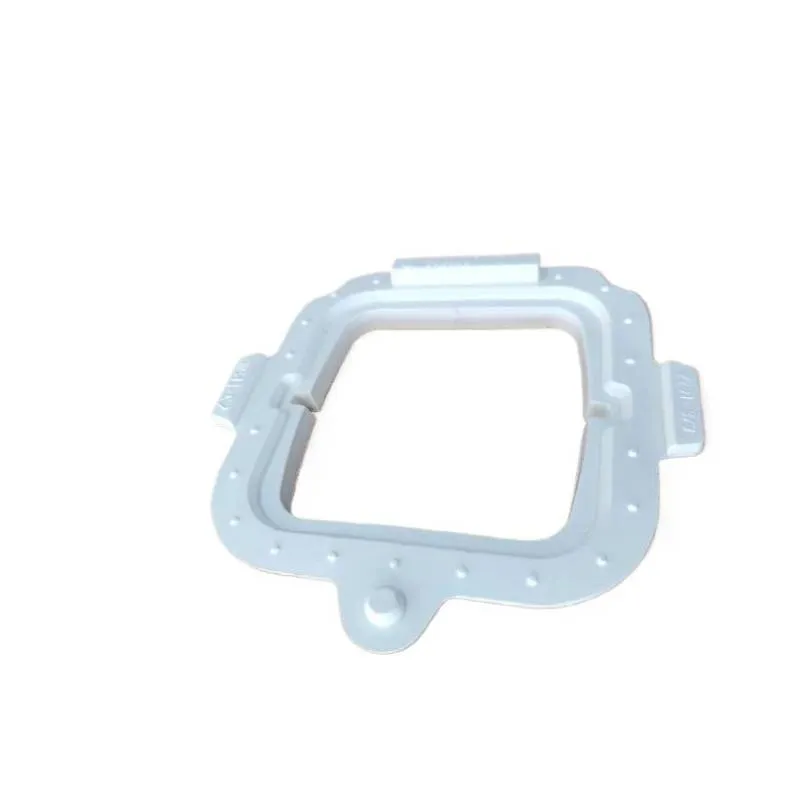
Choosing the Right Partner: Manufacturer Comparison and Custom Solutions
Selecting a reliable manufacturer for rubber seal products is as crucial as specifying the seal itself. A reputable manufacturer offers not just products but also expertise, R&D capabilities, and robust quality assurance. Key factors to consider include the manufacturer's experience in your specific industry, their material science capabilities, their range of manufacturing processes (e.g., molding, extrusion), and their commitment to quality certifications like ISO 9001. A vendor's ability to provide comprehensive technical support and design assistance is also paramount for complex projects.
While off-the-shelf rubber seal components serve many purposes, highly specialized applications often necessitate custom-engineered solutions. Leading manufacturers excel in developing bespoke seals, working closely with clients from concept to production. This involves collaborative material selection, custom tooling design, prototyping, and rigorous testing to ensure the seal meets precise performance requirements. Whether it's a unique geometric shape, a specific durometer, or resistance to a proprietary chemical blend, a strong manufacturing partner can deliver tailor-made rubber seal products that optimize system performance and longevity. This customized approach can significantly reduce operational risks and long-term costs associated with seal failure.

Building Trust: Quality Assurance and Customer Success
Trust in a supplier of critical components like rubber seal products is built on a foundation of proven quality, transparency, and reliable support. Reputable manufacturers demonstrate their commitment to quality through adherence to international standards such as ISO 9001:2015, which certifies their quality management systems, and sometimes industry-specific certifications like FDA compliance for food and medical grade seals. This ensures consistent product quality and traceability. Regular internal and external audits, along with comprehensive testing protocols, validate product performance against specified parameters. For example, compression set tests verify long-term sealing integrity, while accelerated aging tests predict service life under various conditions.
Service excellence extends beyond product quality. Clear communication regarding delivery schedules, typically ranging from 2-4 weeks for standard orders and 6-12 weeks for custom tooling and high-volume bespoke solutions, is vital for project planning. A robust warranty commitment, often covering manufacturing defects and material integrity for a specified period, provides peace of mind. Furthermore, dedicated customer support, including technical consultations, troubleshooting assistance, and responsive after-sales service, reinforces the partnership. Companies with long service records and a portfolio of successful application cases, including client feedback and performance data, exemplify their authority and experience in the field of rubber seal manufacturing. This holistic approach to customer engagement and quality assurance ensures that businesses receive not just products, but reliable solutions backed by expertise.
Frequently Asked Questions About Rubber Seals
-
Q1: How do I select the correct rubber material for my seal?
A1: Material selection depends on several factors, including the operating temperature range, the chemicals it will be exposed to (e.g., oils, acids, solvents, water, steam), pressure, dynamic versus static application, and environmental factors like UV light or ozone. Consult the material properties table and engage with a manufacturer's technical team for expert guidance based on your specific application requirements.
-
Q2: What is the typical service life of a rubber seal?
A2: The service life of a rubber seal varies significantly based on its material, design, application conditions (temperature, pressure, media), and whether it's subject to dynamic wear. While some seals in benign, static applications can last for decades, seals in harsh, dynamic environments might require replacement within a few months or years. Proper material selection and installation are key to maximizing longevity.
-
Q3: Can rubber seals be customized for unique applications?
A3: Absolutely. Many leading manufacturers offer extensive customization services. This includes developing seals with unique geometries, specific material compounds (e.g., for specialized chemical resistance or extreme temperatures), and even co-molding with other materials. Customization ensures optimal performance and fit for highly specialized industrial applications where standard rubber seal products may not suffice.
Conclusion: The Future of Sealing Technology
The evolution of rubber seal technology continues to be driven by the industrial demand for greater efficiency, reliability, and environmental responsibility. Advances in material science are leading to the development of new elastomers with superior resistance to extreme conditions and longer service lives, reducing the need for frequent replacements and minimizing waste. The integration of smart manufacturing techniques, including advanced process control and inline quality inspection, further enhances the precision and consistency of rubber seal products. As industries push the boundaries of performance, the role of expertly designed and manufactured sealing solutions becomes ever more critical, safeguarding operational integrity and contributing to sustainable industrial growth.
References
- ASTM International. "ASTM D2000 - Standard Classification System for Rubber Products in Automotive Applications."
- ISO. "ISO 9001:2015 - Quality management systems — Requirements."
- The Society of Automotive Engineers (SAE). "SAE J200 - Classification System for Rubber Materials."
- Parker Hannifin Corporation. "O-Ring Handbook, ORD 5700."
-
Understanding PVC Pipe Fittings, Custom Plastic PartsNewsAug.04,2025
-
The Essential Guide to High-Quality Metal Building Components for Modern ConstructionNewsAug.04,2025
-
Precision OEM Metal Parts: The Definitive Guide to Sourcing ComponentsNewsAug.04,2025
-
Next-Generation HDPE Pipes and Fittings: Engineered for Maximum ResilienceNewsAug.04,2025
-
The Essential Guide to Rubber Strips, Bungs for Industrial and Home UseNewsAug.04,2025
-
Engineered Rubber Components: A Comprehensive GuideNewsAug.04,2025
-
Types of PVC Pipe Fittings for Water Supply Elbows Tees and CrossesNewsJul.18,2025



